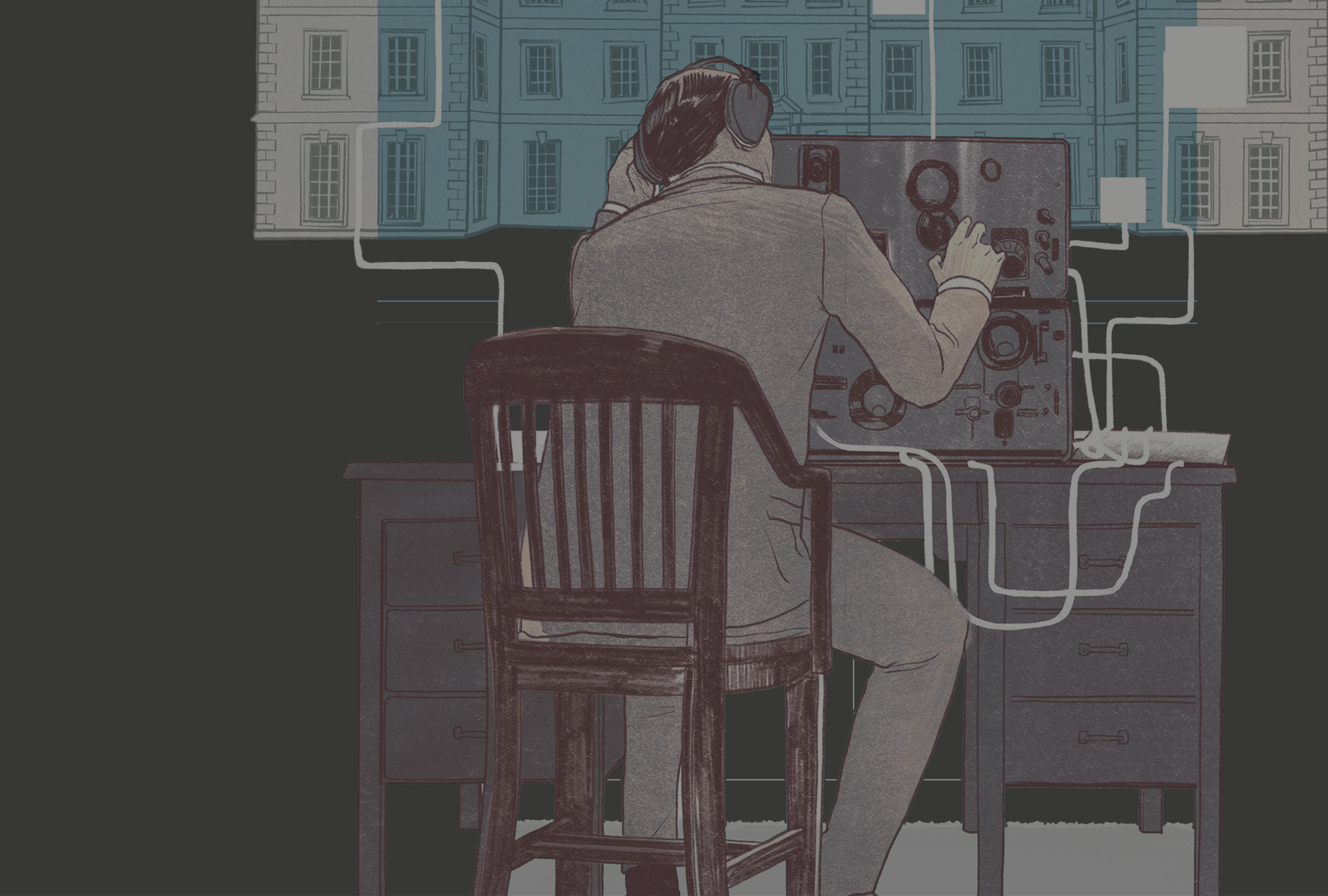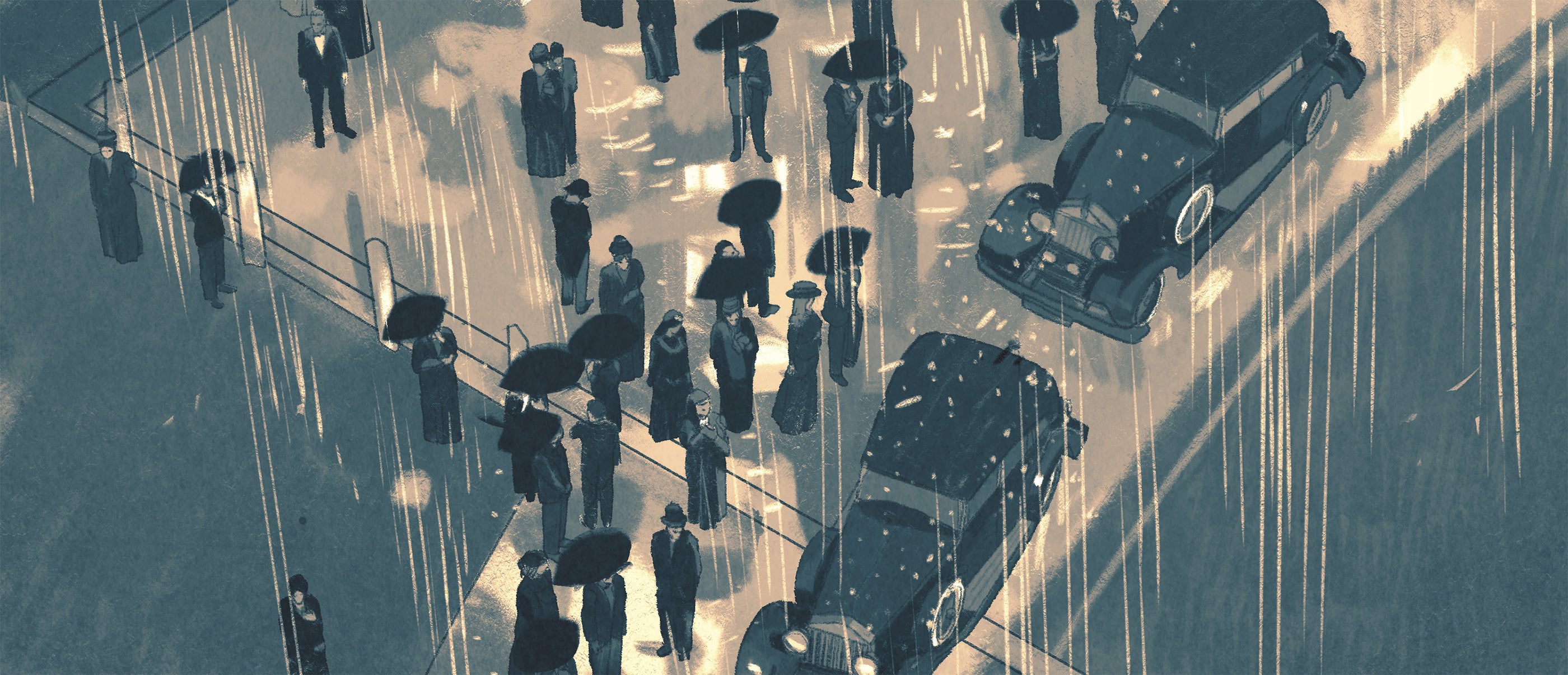Trent Park was originally part of King George III’s estate and the first house was constructed in the 1780s. In the 1890s the house was rebuilt in the Victorian style before an extensive refurbishment by Sir Philip Sassoon in the 1920s, transforming it into a luxury weekend retreat for hosting his fashionable and famous guests at elegant parties.
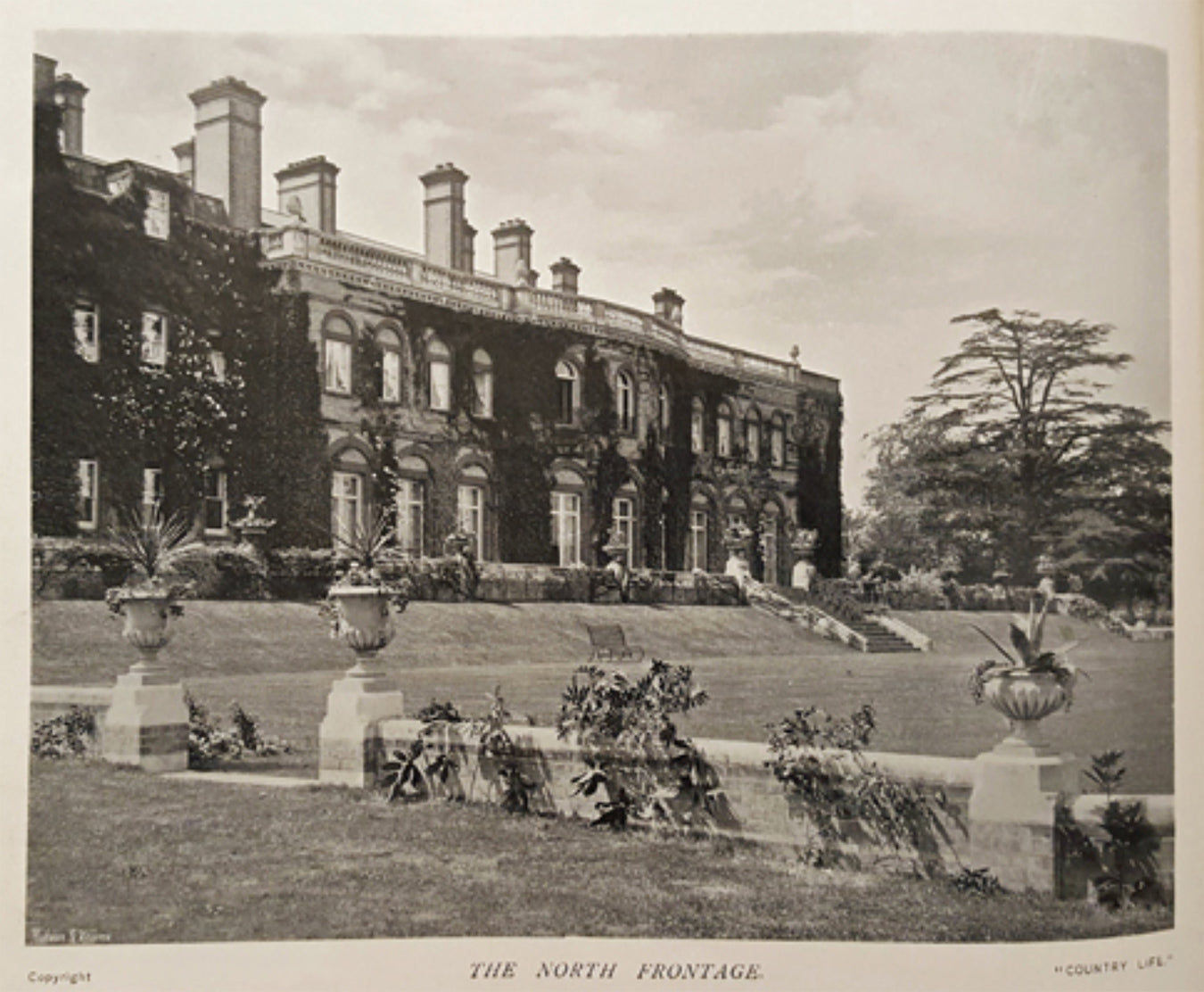
The Story Begins
The story of Trent Park begins in 1779 when George III presented the royal doctor Sir Philip Jebb with a 99 year lease on 250 acres of the royal estate at Enfield. The gift was in recognition of his life-saving treatment of his brother, the Duke of Gloucester, in Trento Italy. Jebb named his property Trent to memorialise the event.
George III’s architect, Sir William Chambers, was commissioned by Jebb to build a house on his new estate. This was an elegant, but relatively small, villa centered on a high domed music room facing an artificial lake. The house was finished to a high standard costing Jebb the enormous sum (for then) of £19,000.
After his death it passed through several hands before being purchased in 1833 by David Bevan, a local Quaker who was a successful banker. Trent Park passed to his son and his grandson, Francis who extended and rebuilt the house in the 1890s in Victorian style. Eventually in 1909 the lease was sold to Sir Edward Sassoon. Sir Edward was the head of a Jewish merchant dynasty who had moved to London in the 1870s. He only enjoyed the property for a few years dying in 1912 and leaving Trent Park, several other houses and a large fortune to his son Philip.
Picture: Country Life 1903
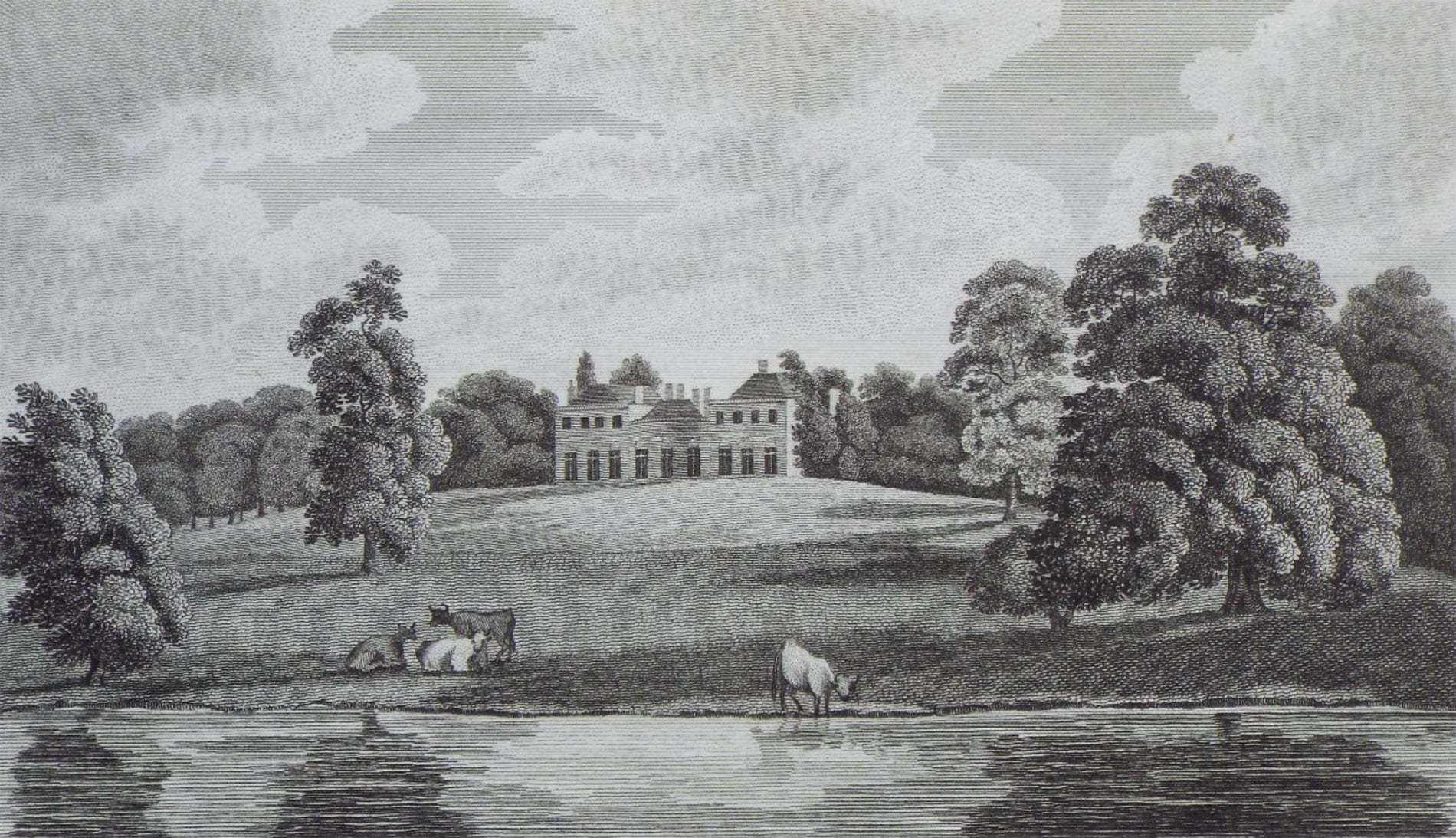
Sir Philip Sassoon at Trent Park
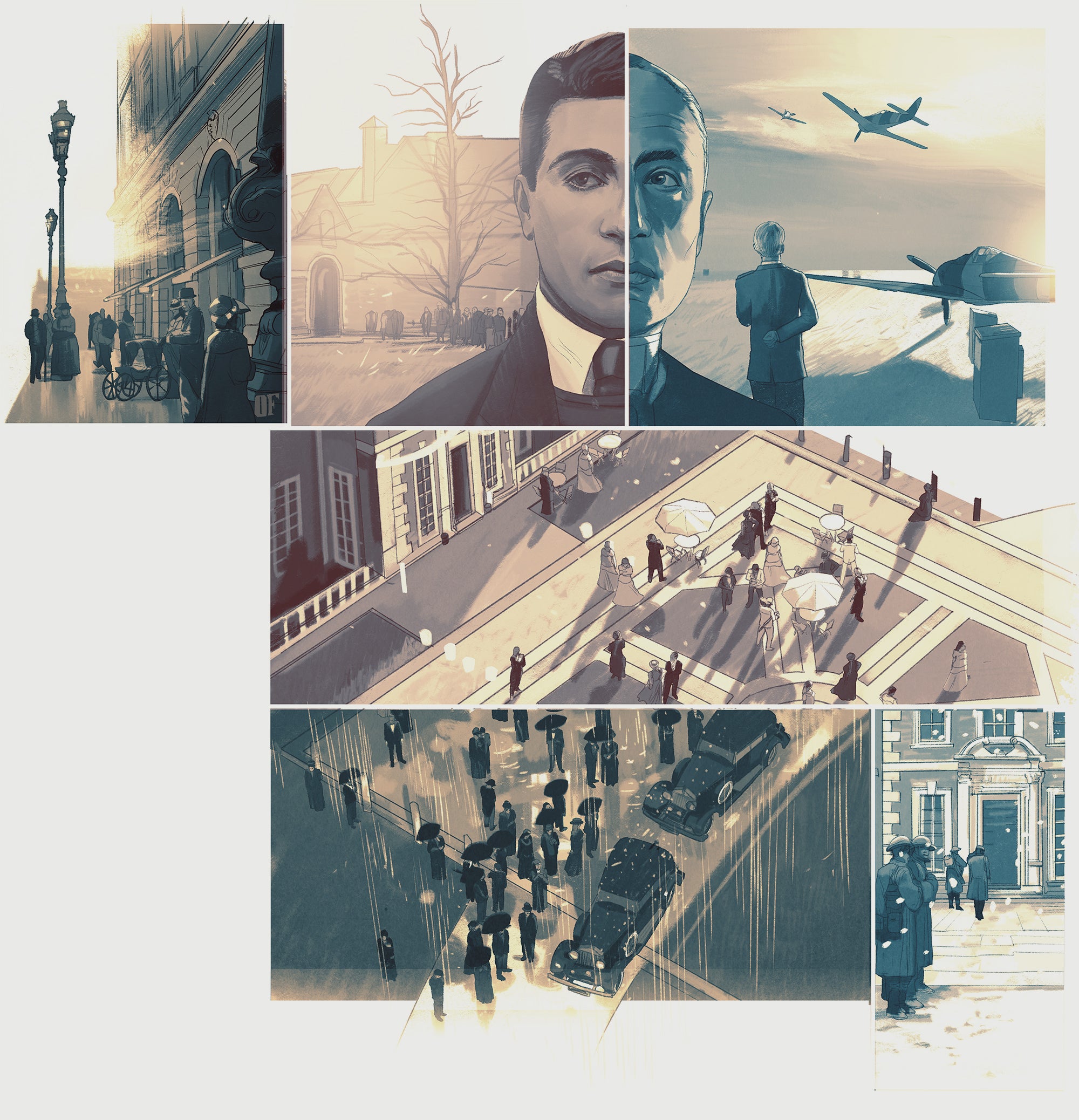
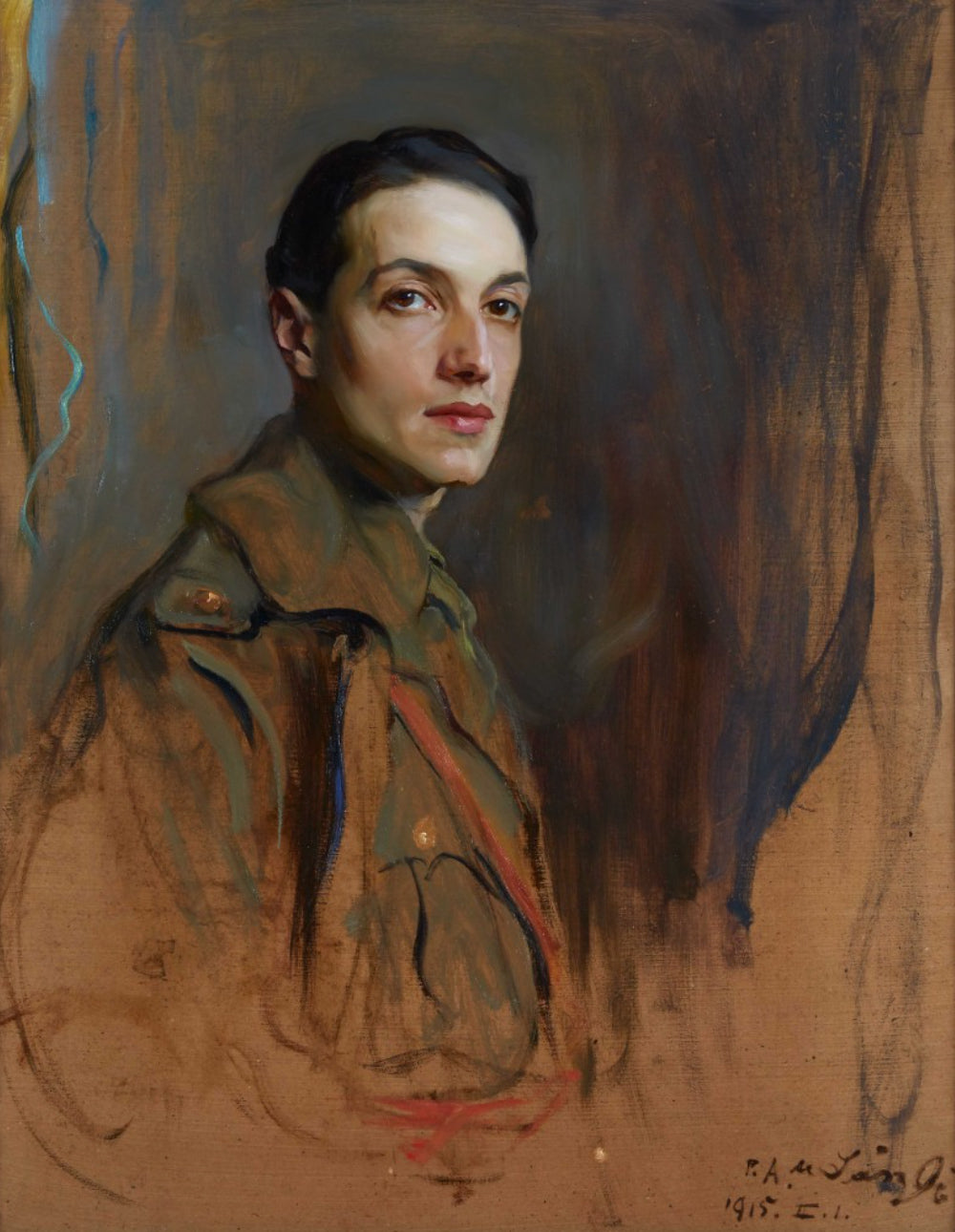
Sir Philip Sassoon had fallen in love with Trent’s beautiful landscape, but not the Victorian House he inherited at its centre. He was rich enough to completely remodel the mansion, so in 1923 he bought the freehold and began to transform it into an epitome of good taste. His architect was Philip Tilden who, together with the interior decorators Lenygon and Morant plundered the salvage yards of London for eighteenth century bricks, masonry and joinery to weave into a magnificent new mansion.
Sir Philip sought out the best Georgian furniture for his new house, japanned and painted pieces in rooms that were painted in light and elegant shades of cream, soft green and pale blue. The result was a house of great refinement and noble simplicity, the perfect weekend party venue.
Picture: Sassoon aged 28 by de Laszlo (1915)
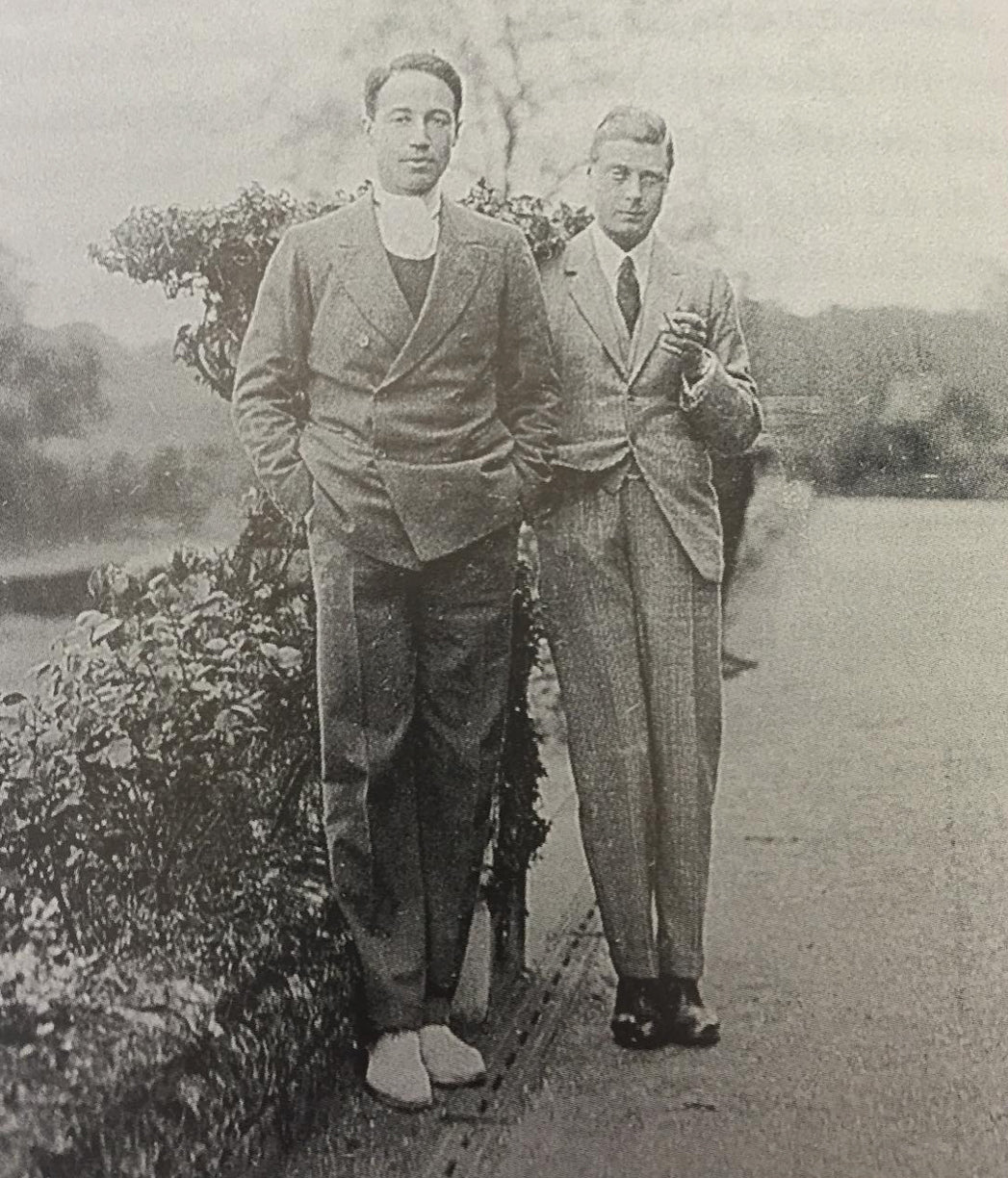
Politics and People
As well as Trent Park Sir Philip had a large house in Park Lane and both were used for entertaining the most prominent figures of the day including many politicians. In 1912 he had been elected MP for Hythe as a Unionist. During the 1920s he acted as Parliamentary Private Secretary to David Lloyd George and served several terms as Under Secretary of State for Air, most prominently from 1931 to 1937. Learning to fly himself and inspecting RAF airfields all over the Empire, he acquired a reputation as an expert in flying and air power. During the later 1930s he argued, with very mixed success, for building up the Airforce against the German Luftwaffe.
Sassoon invited leading politicians down to Trent Park at the weekends where they were able to debate policy in comfort and privacy. Winston Churchill, although often not seeing eye-to-eye with Sassoon, was one of the most regular visitors, and mixed with members of the Royal family such as Edward VIII and Wallis Simpson, the future George VI and Queen Elizabeth, as well as leading figures from the world of arts and entertainment, including Charlie Chaplin, George Bernard Shaw, Rex Whistler and TE Lawrence.
In 1937 Sir Philip was promoted to First Commissioner of Works, essentially head of the government building and architectural service. It was his dream job as he was able to oversee the royal palaces as well as all the ancient monuments and government buildings. But his health was deteriorating and in June of 1939 he died of a severe chest infection aged only 50.
Photo: Philip Sassoon with Edward, Prince of Wales
Illustrations copyright Owen Freeman represented by Killington Arts
Read Next:
Secret Listeners
